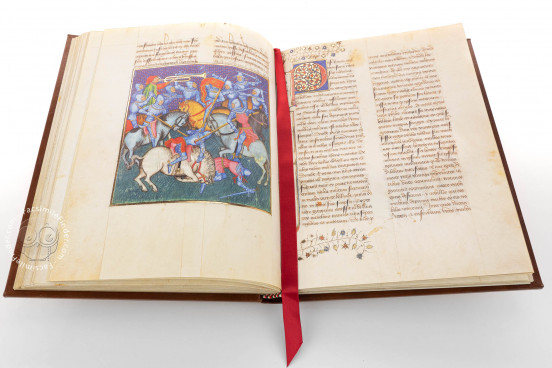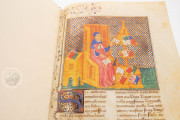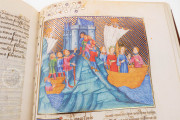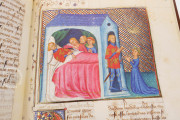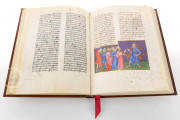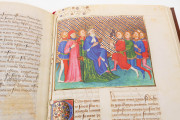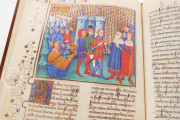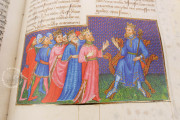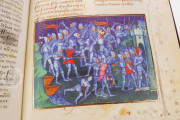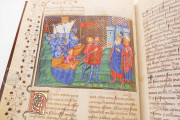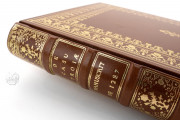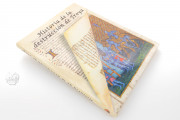The thirteenth-century lawyer, poet and historian Guido delle Colonne wrote between 1270 and 1287 a Latin prose version of Benoît de Sainte-Maure's epic on the Trojan War. Guido delle Colonne's text recounts the Trojan War from the expedition of the Argonauts to the death of Ulysses.
Written in Medieval Latin, the History of the Destruction of Troy is an elegant text. It has historical and moral content, including numerous ethical instructions for Christians, explaining how, for instance, they should avoid believing in magic, myths and legends.
A Famous Work by Guido delle Colonne
Guido delle Colonne's account was extremely popular for several centuries after its composition and influenced, directly or in translation, the works of Chaucer and Shakespeare. The popularity of the treatise especially in the fourteenth and fifteenth-century Europe surpassed that of Benoît de Sainte-Maure's epic. Throughout the Middle Ages the Destruction of Troy became the basic reference of the Trojan Legend.
The Italian Style of the Illuminations
There are about 100 manuscripts containing Guido delle Colonne's Destruction of Troy. The exemplar preserved in the National Library of Russia, St. Petersburg, is one of the finest and richest in decoration. The miniatures depict vivid scenes of battles along with scenes of travels and pacific events.
The battle scenes are remarkable for the quality of the illuminations. For their refined quality, these miniatures are attributed to a painter different from the rest of the manuscript. Two illuminators probably painted this marvelous codex in the style of the fourteenth-century Italian illumination.
We do not have information about the manuscript until the eighteenth century, when the book was in the hands of the French bibliophile Jean-Louis Gaignant, as indicated by the note of possession on a flyleaf. Catherine the Great considered to buy the entire collection from Gaignant. It was probably at that time that Strogánov bought the manuscript of the Destruction of Troy. Finally, in 1889, the manuscript entered the National Library of Russia.
We have 1 facsimile edition of the manuscript "History of the Destruction of Troy": Historia de la destrucción de Troya facsimile edition, published by Orbis Mediaevalis, 2016
Request Info / Price
